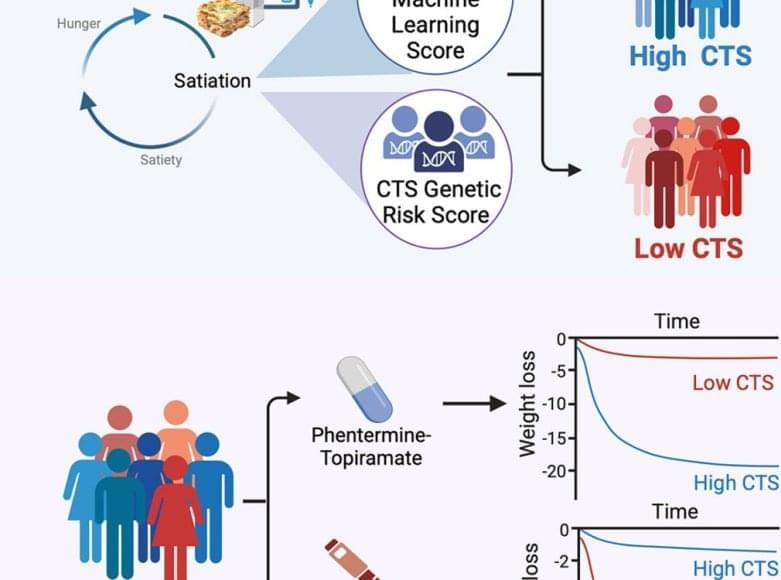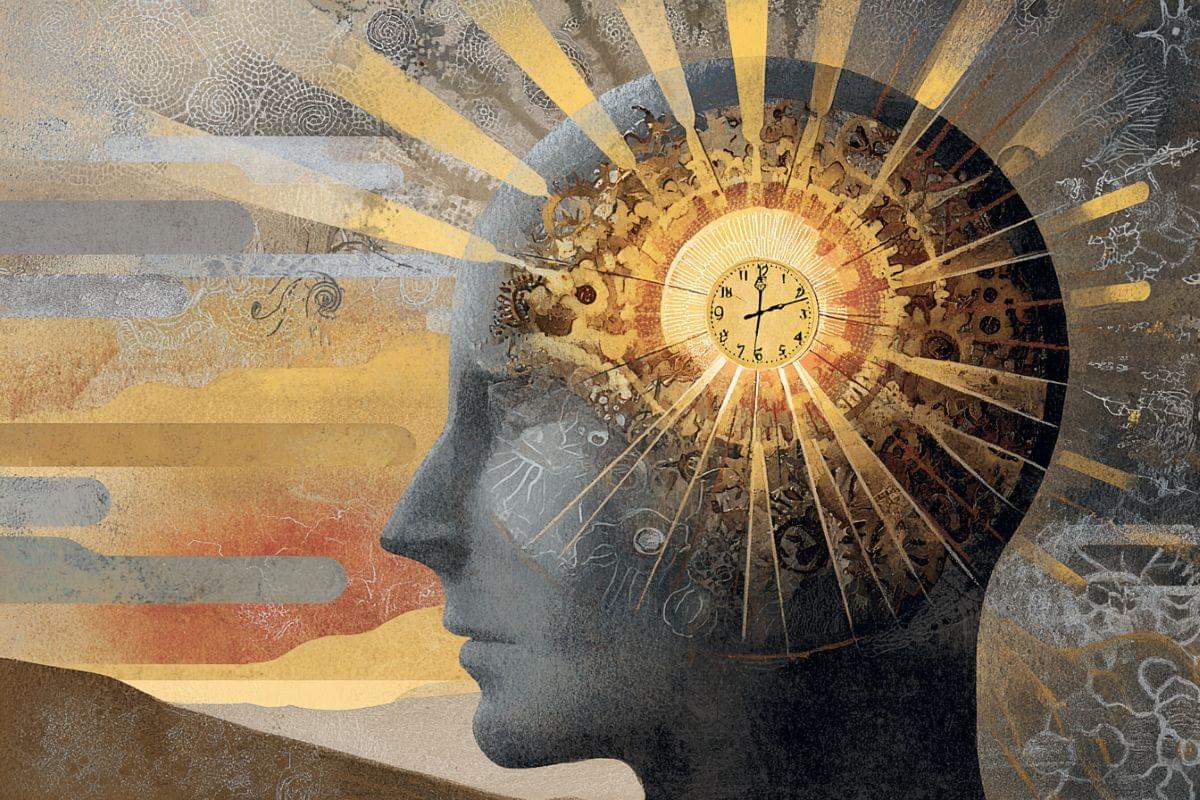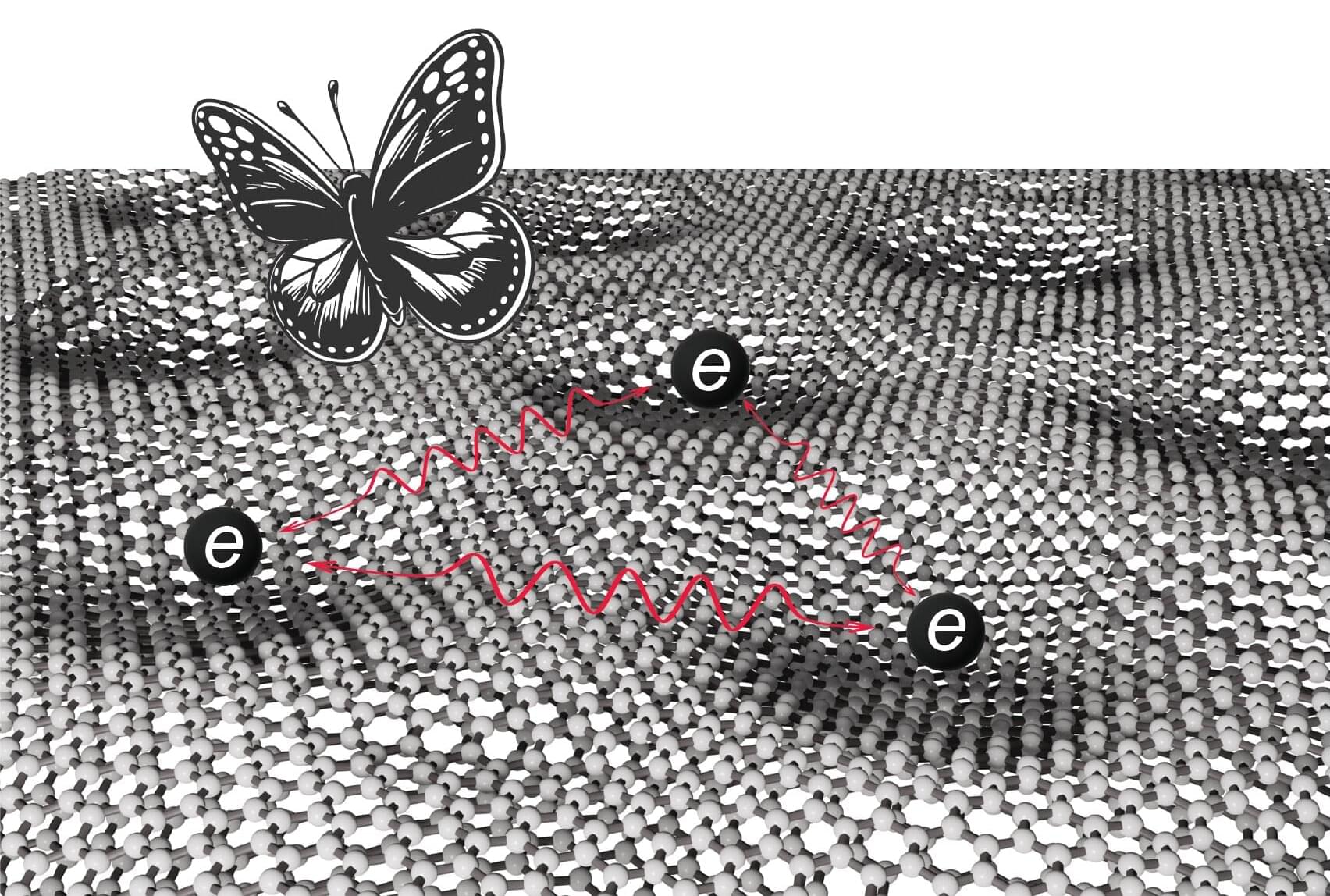Elon Musk’s future success with Tesla, potentially leading to a valuation of $8.5 trillion, is contingent upon the company’s advancements in AI chip development and deployment of autonomous vehicles and robots.
Questions to inspire discussion.
Tesla’s AI Chip Development.
🖥️ Q: What is Tesla’s new focus for AI chip development? A: Tesla is ending Dojo and concentrating all silicon talent on creating a single, powerful chip called AI6, aiming to make it the best AI chip by far.





